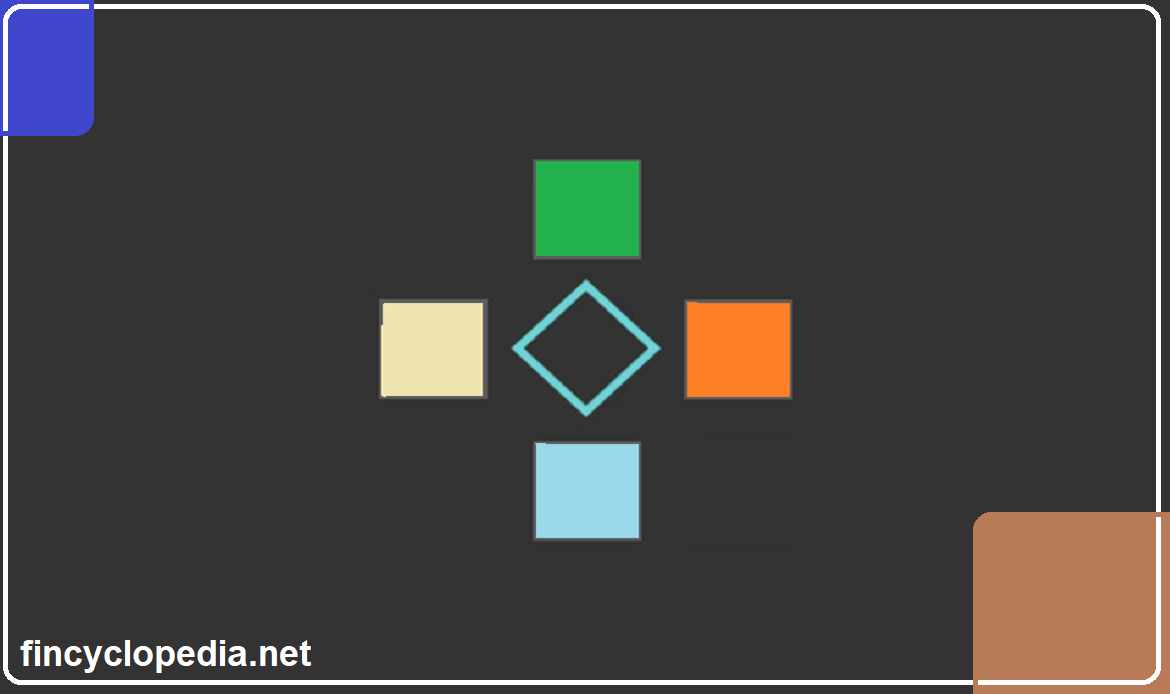Murabaha is a type of trust -based sale (buyu al-amana) whereby acquisition of assets is financed on short or relatively long term basis. The contract of murabaha (aqd al-murabaha) is entered into between a seller and buyer on cost plus mark-up basis. Payments are made either on a deferred or cash basis (deferred murabaha or cash murabaha).
Wa’ad (وعد) is a promise/ undertaking given by the purchase orderer to the seller to the effect that the former buys the asset (object of murabaha) from the latter upon the latter’s procurement of the asset. Typically, wa’ad shall be binding on the purchase orderer (wa’ad mulzim), though at times the two parties may agree as to bindingness of wa’ad or otherwise- wa’ad ghair mulzim).
The wa’ad and murabaha (murabaha to the purchase orderer) shall not be concluded in the same contract. Issuance of the wa’ad shall precede the execution of murabaha contract. In the stage of purchase order, the application shall include the wa’ad- a properly documented enhancement feature. It serves as assurance to the seller that the purchase orderer is serious and committed to proceed with the contract. In case of refusal to do so, after proper notification by the seller regarding availability of the underlying, the purchase orderer becomes liable by virtue of wa’ad, and shall compensate the seller for any actual costs that might result from breach of wa’ad (e.g. costs related to disposal of the commodity/ asset to someone else and losses associated with a lower disposal price).







